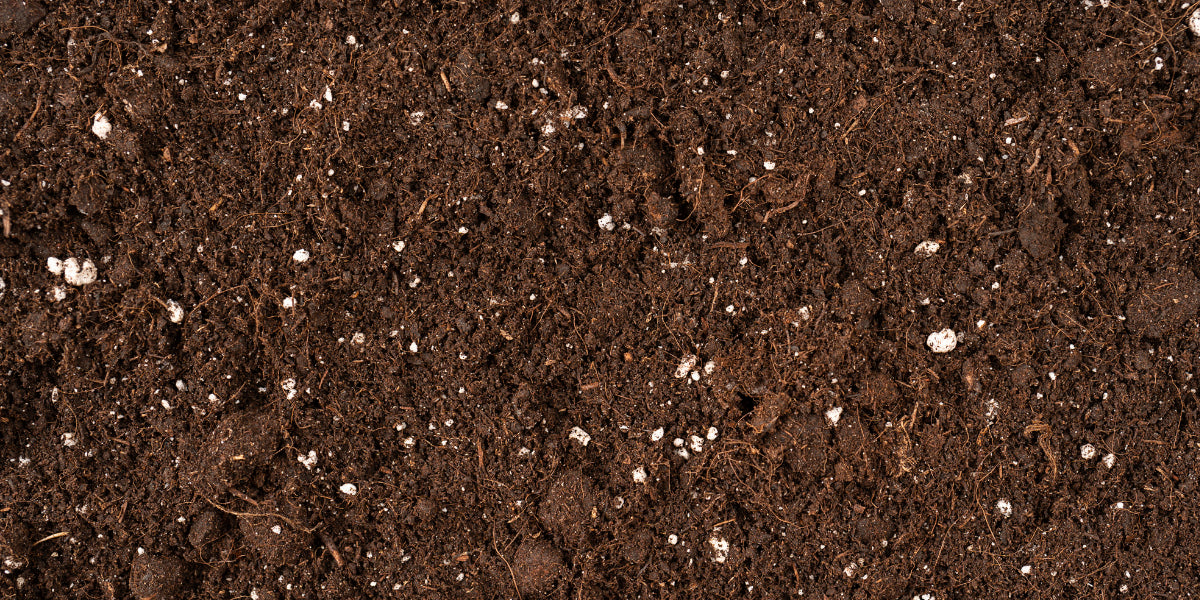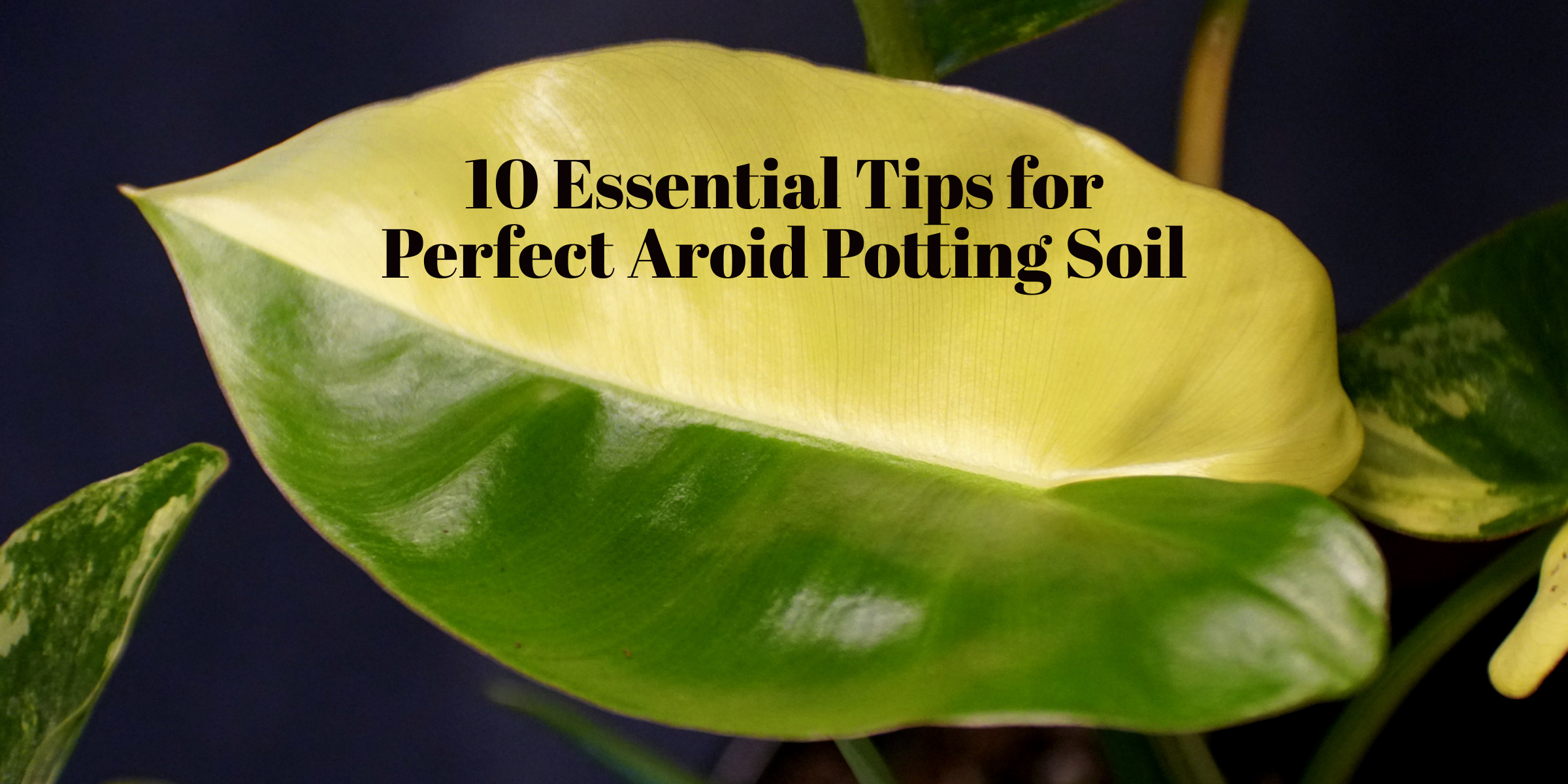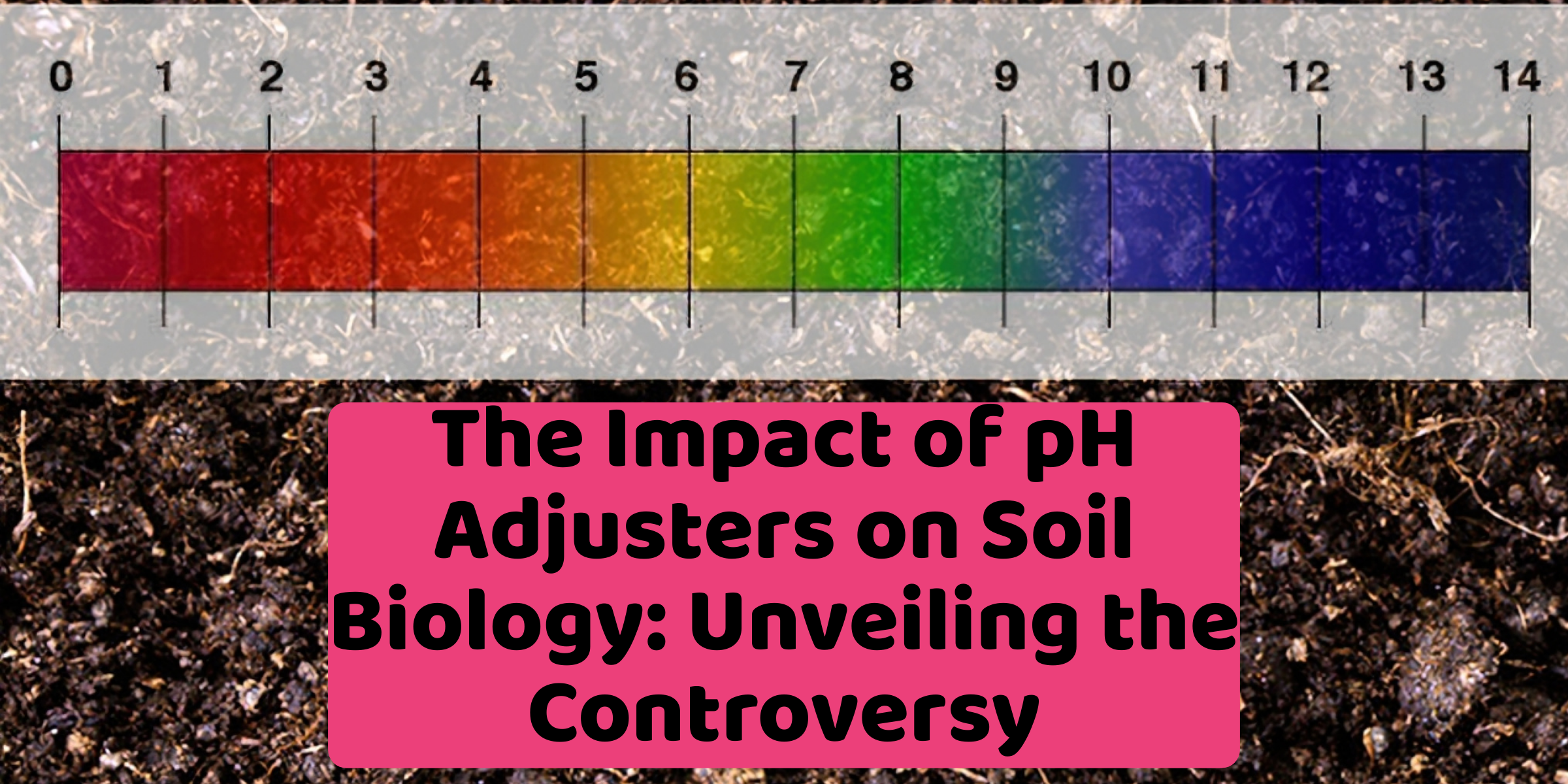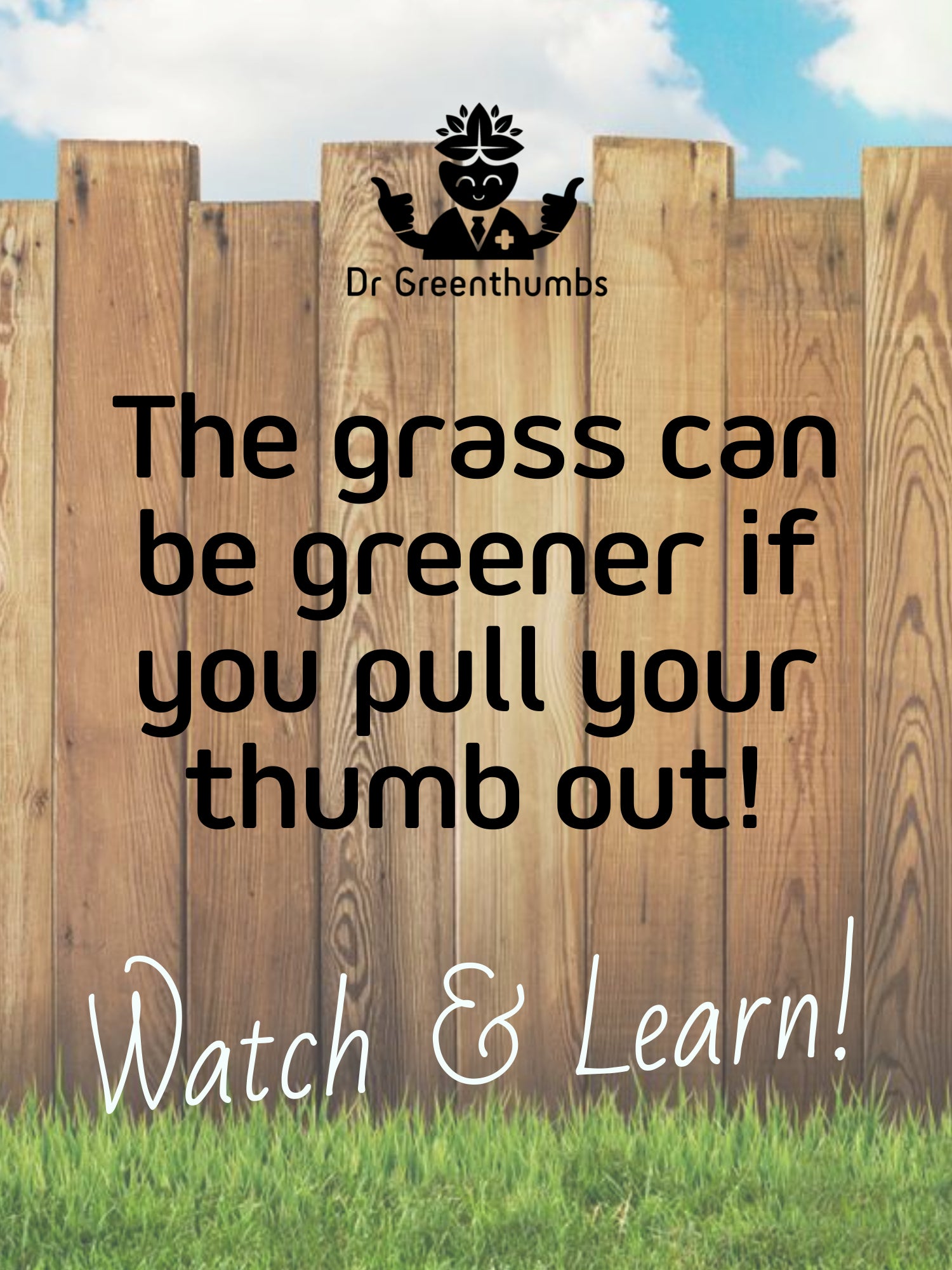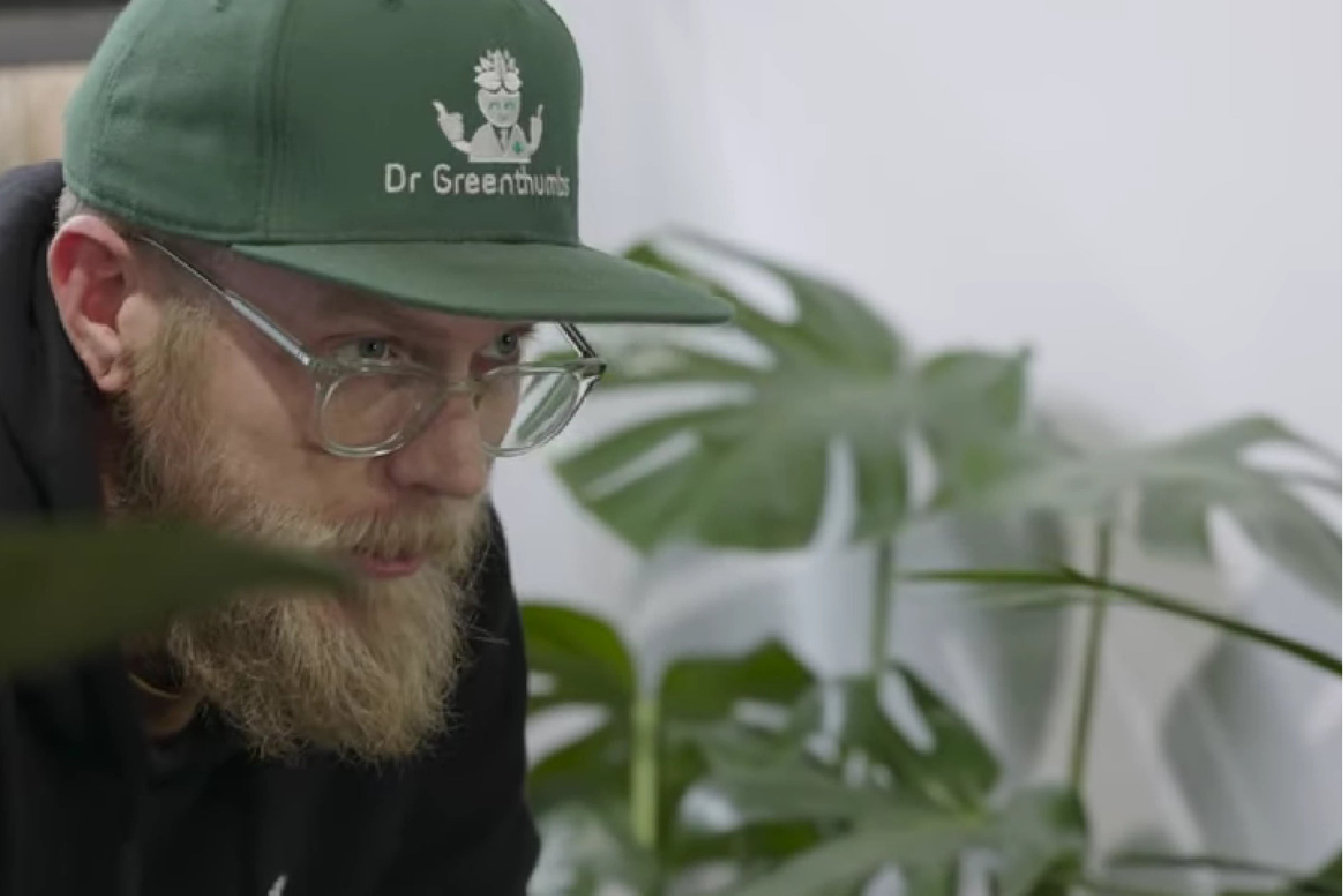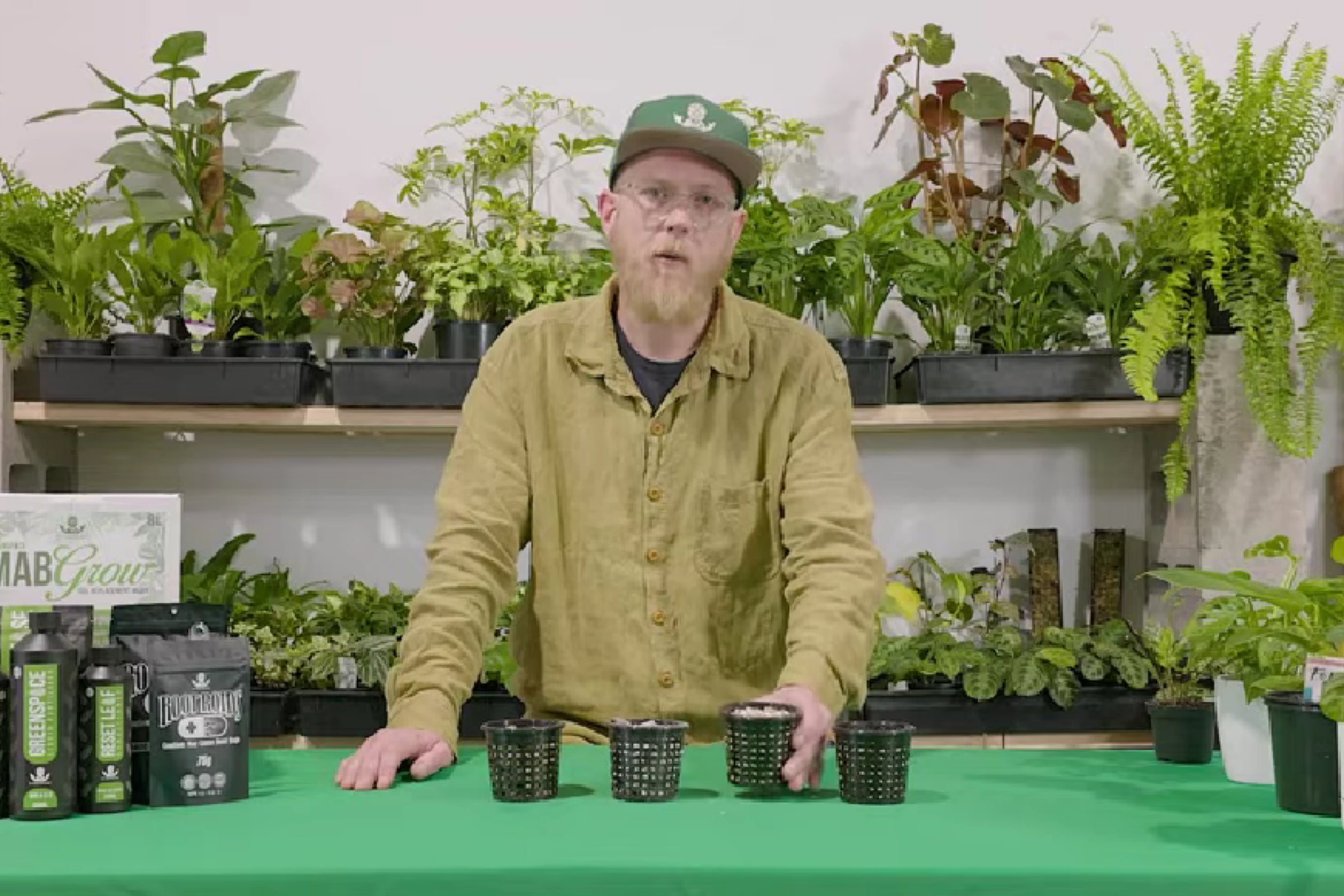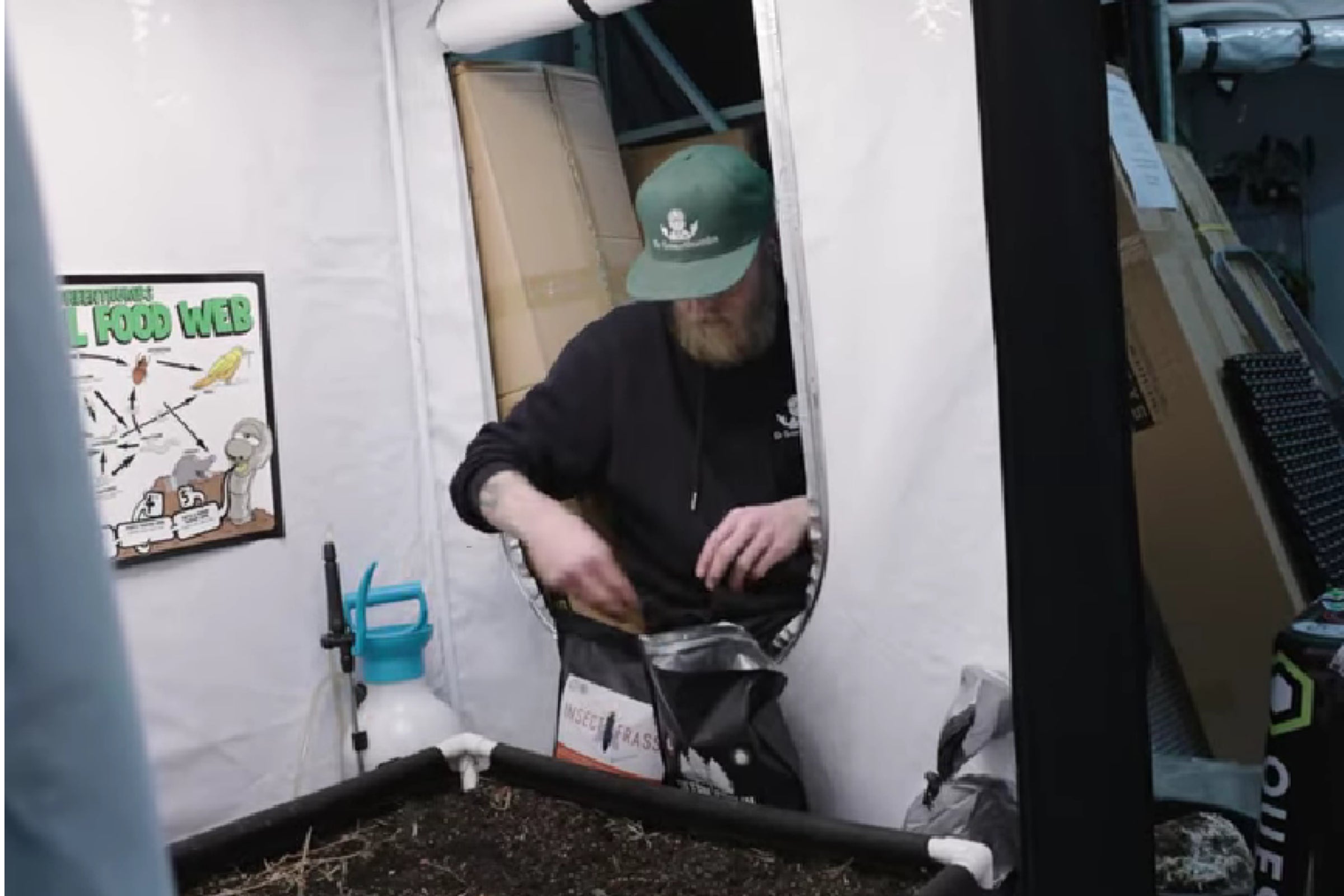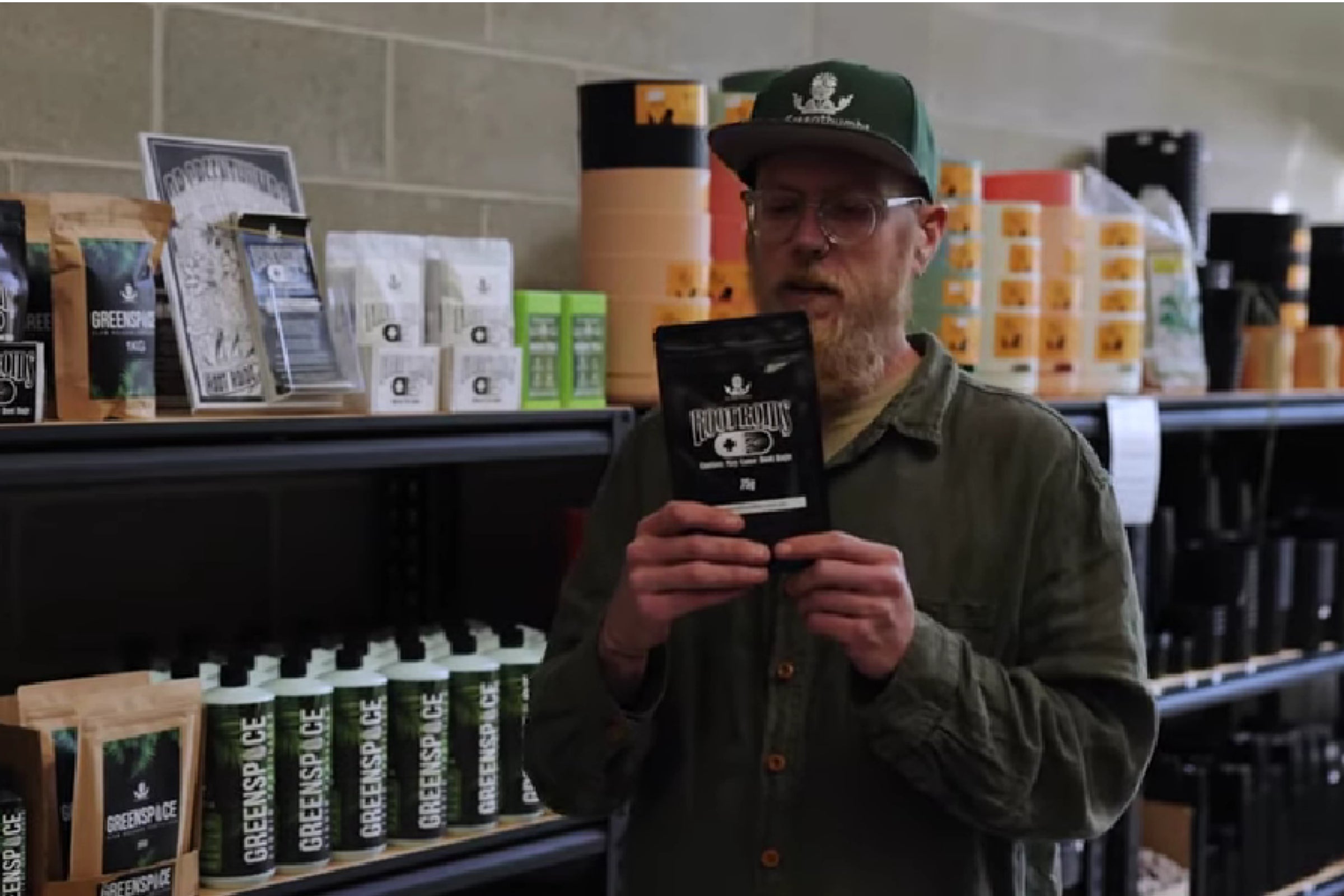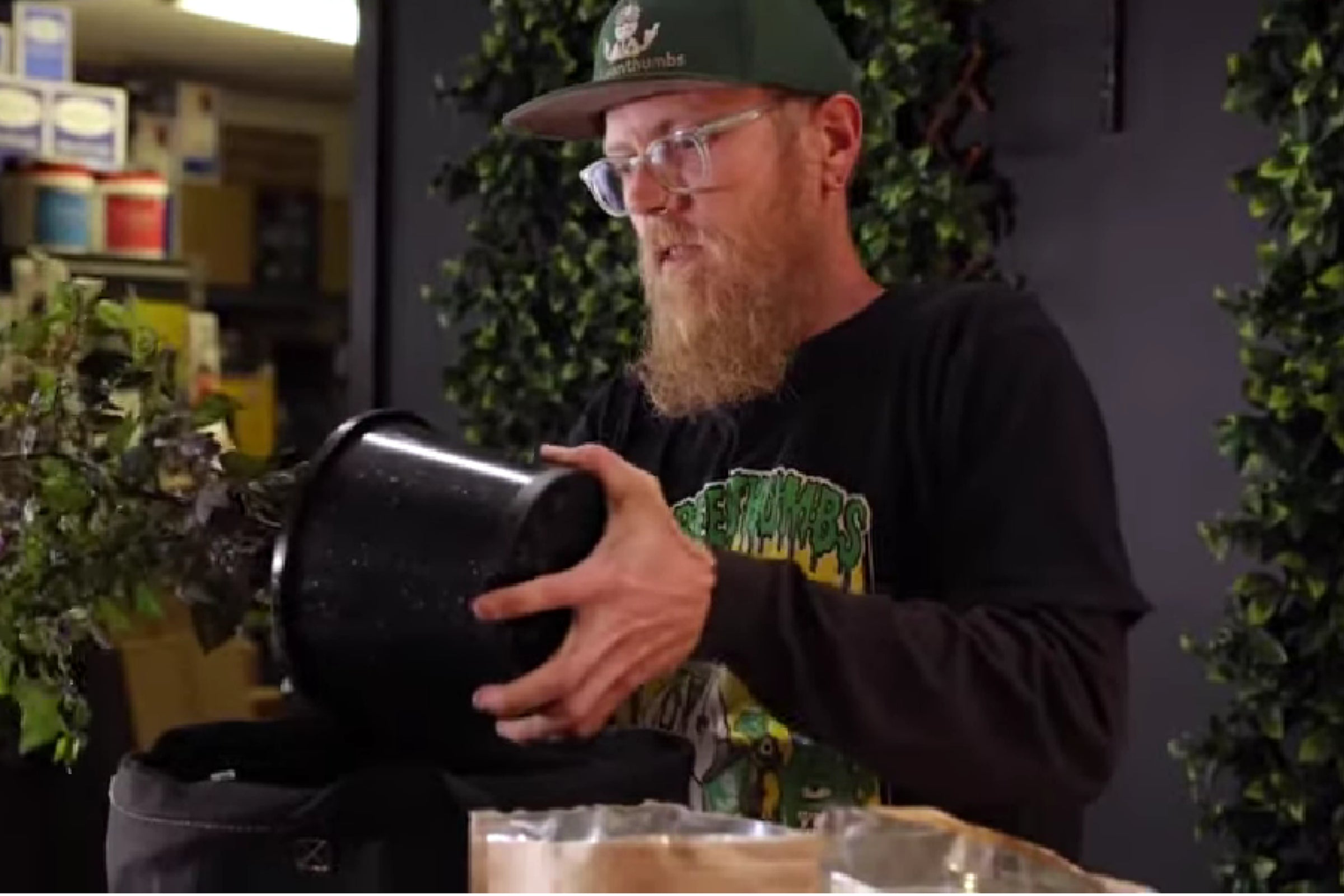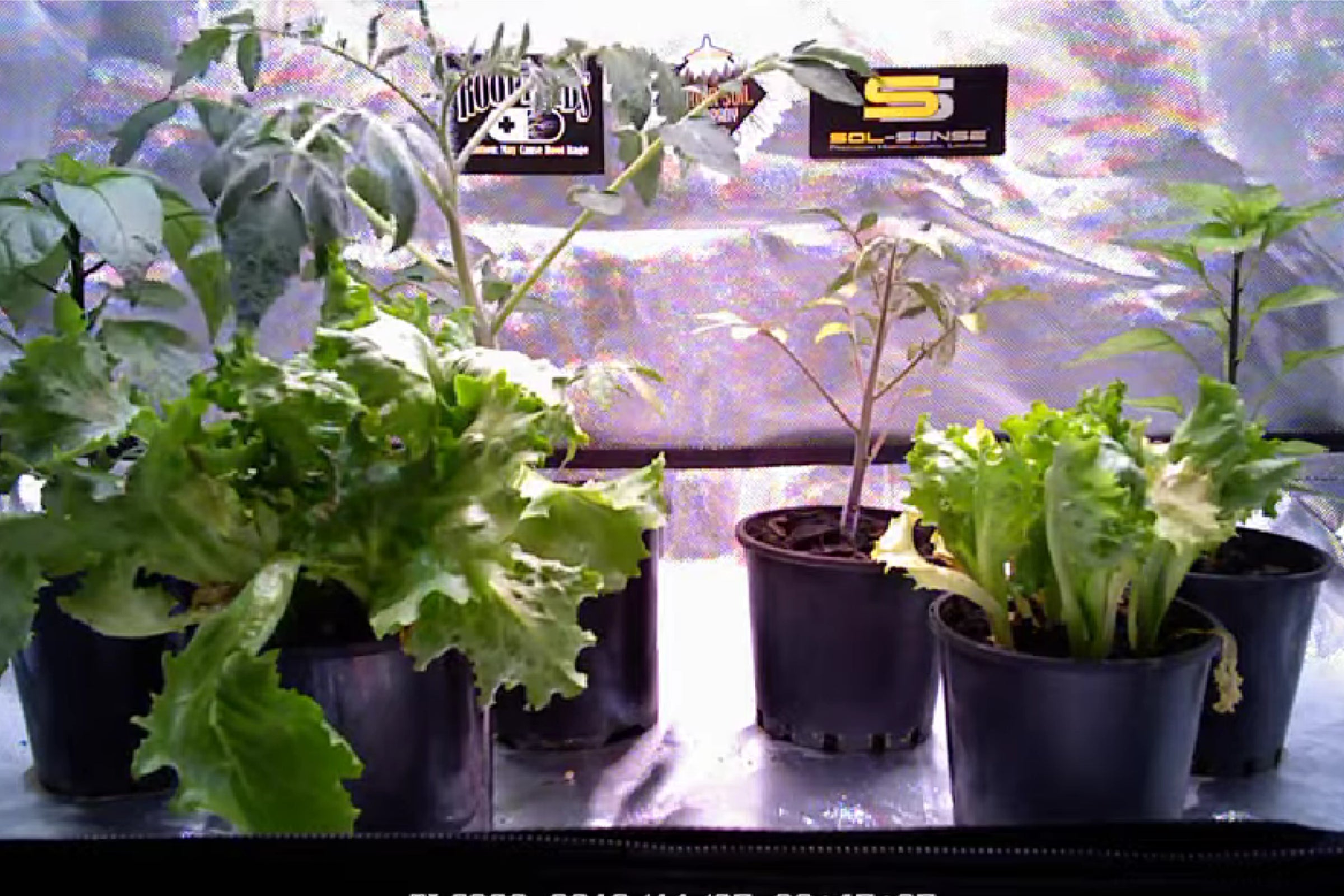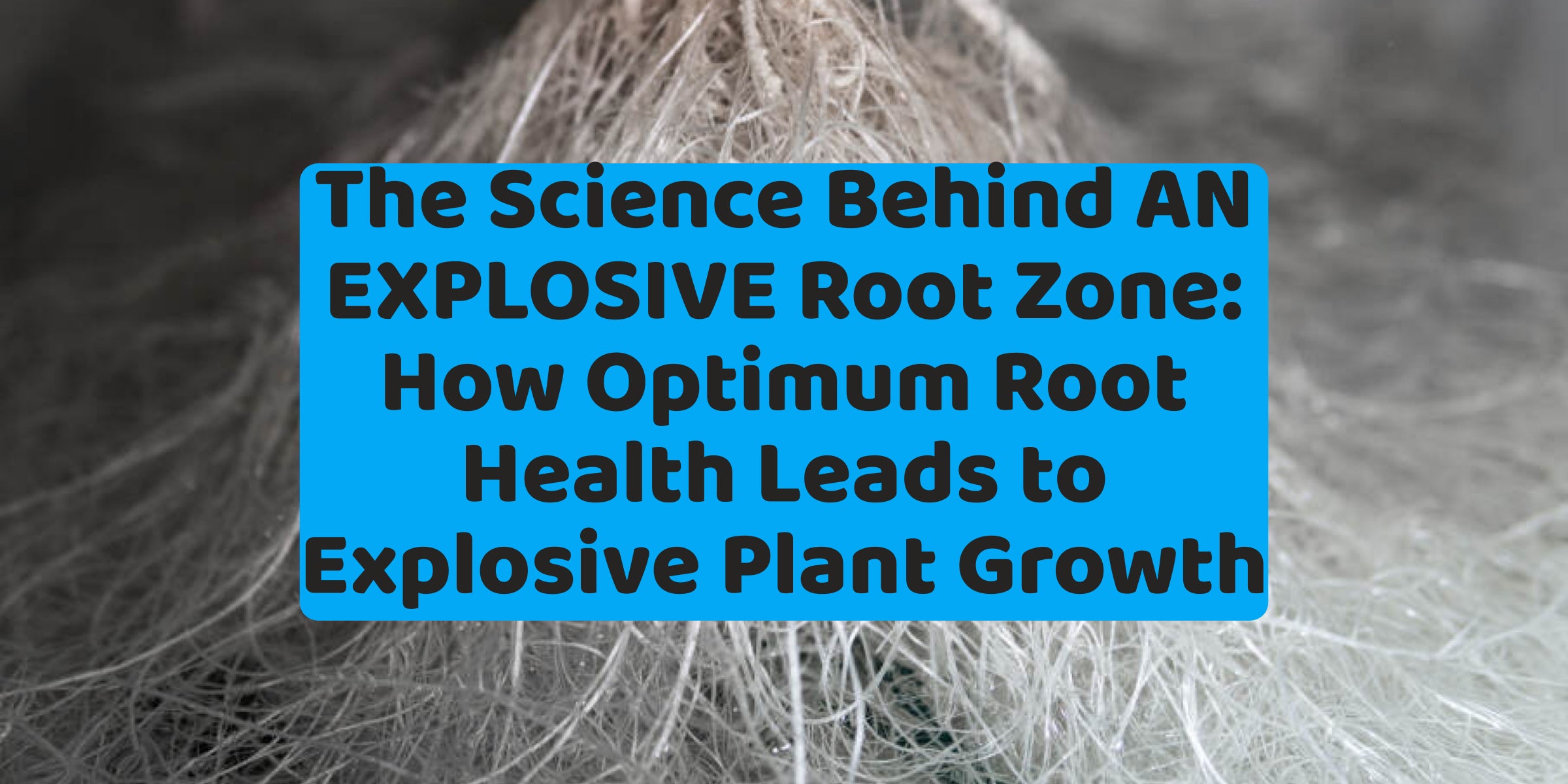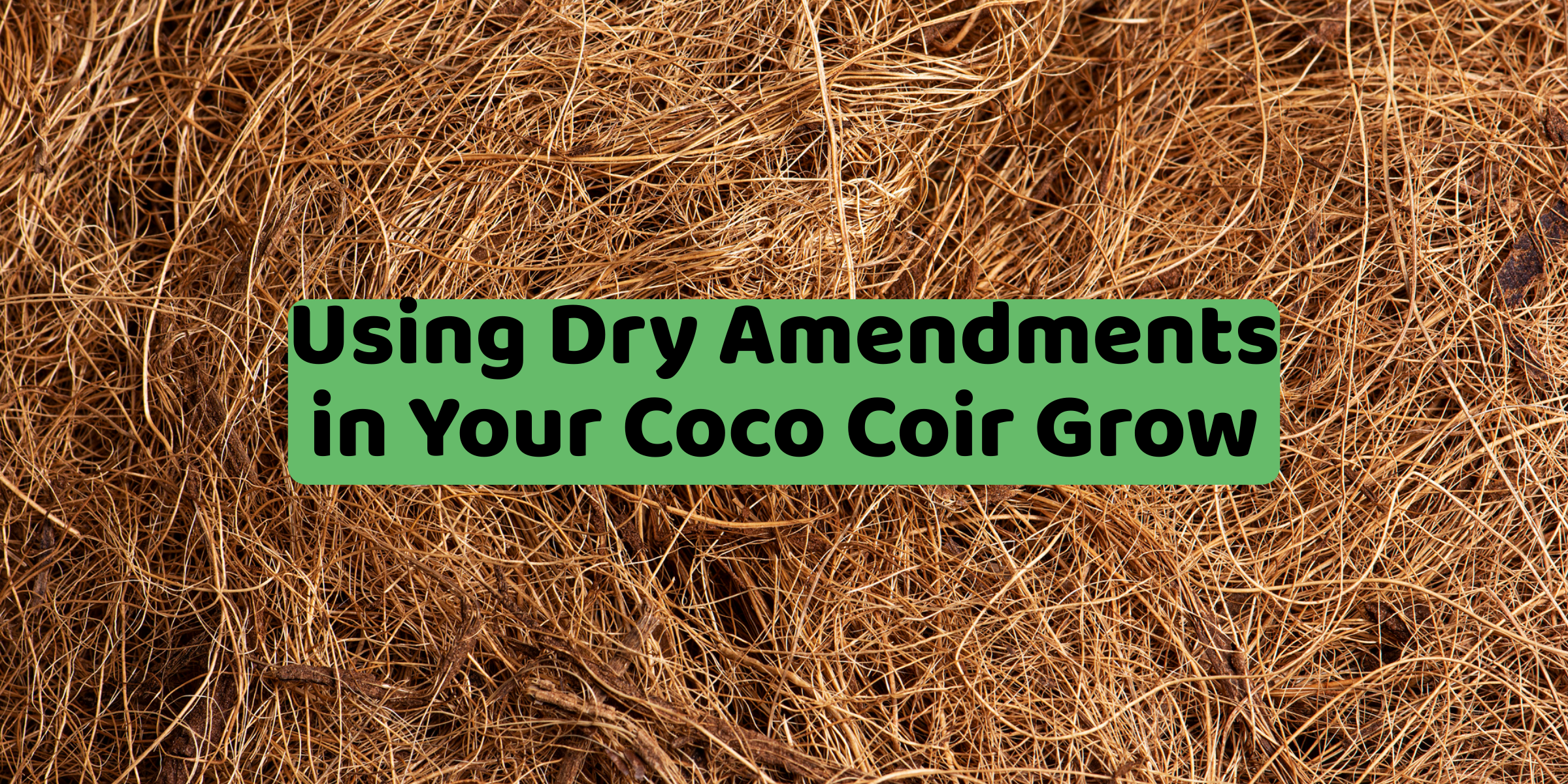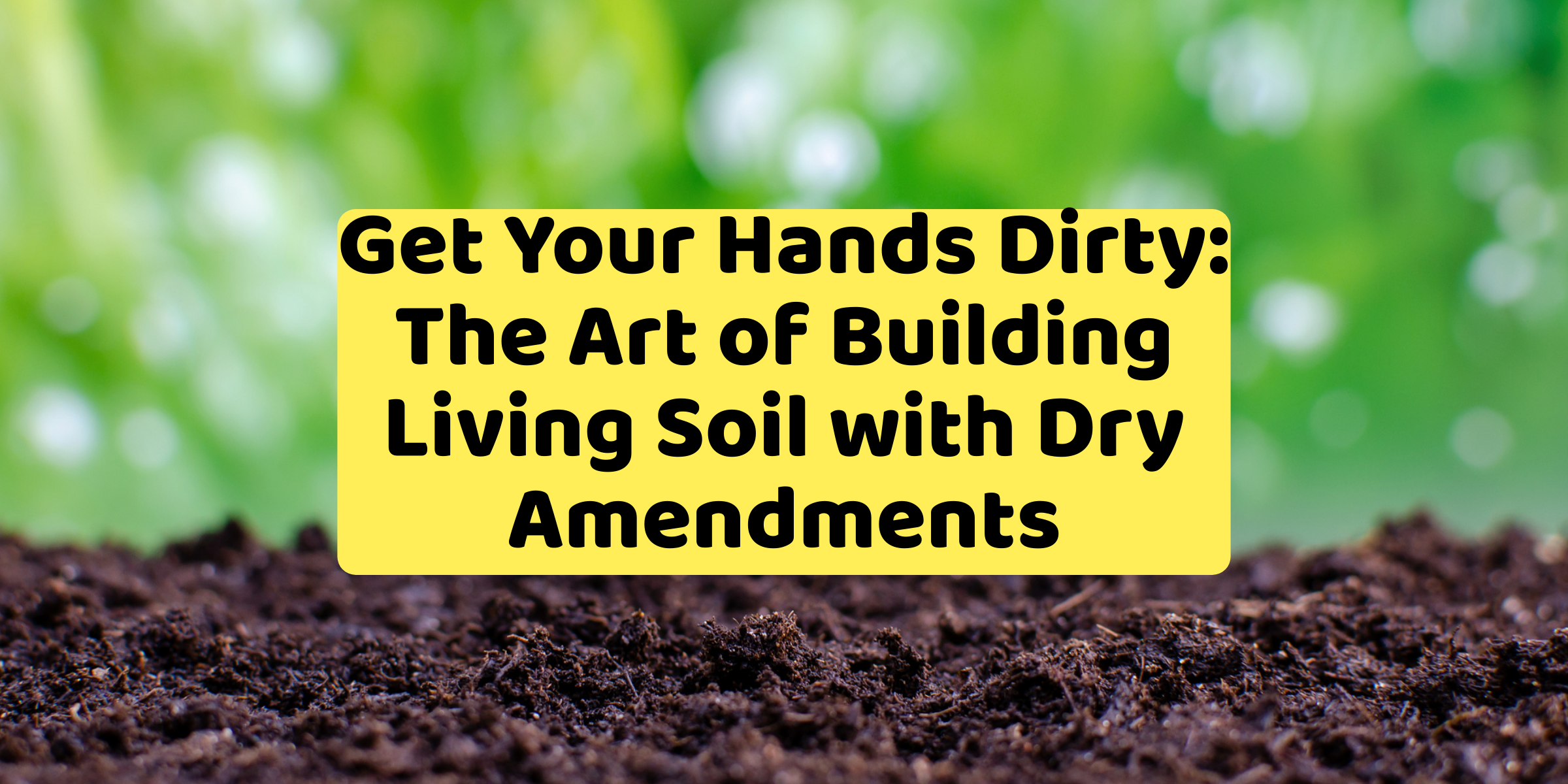Are you looking to take your gardening skills to the next level? Do you want to create a healthy and thriving ecosystem for your plants to grow in? If so, building your own living soil may be just the solution you're looking for.
Living soil is a type of soil that is teaming with life, including microorganisms, bacteria, and fungi. It's often referred to as a "soil food web," and plays a vital role in creating a healthy and thriving ecosystem for your plants to grow in. In this comprehensive guide, we will cover all the entry-level facets of building your own living soil, including the benefits, ingredients, and steps involved.
Benefits of Building Your Own Living Soil
Building your own living soil has numerous benefits, including:
- Improved soil health: Living soil is rich in nutrients and microorganisms that help to promote healthy plant growth.
- Reduced need for fertilizers: The microorganisms in living soil help to break down organic matter and release nutrients, reducing the need for synthetic fertilizers.
- Better pest and disease resistance: Living soil helps to create a healthy ecosystem that is less susceptible to pests and diseases.
- More sustainable gardening practices: Building your own living soil promotes sustainable and environmentally friendly gardening practices.
Ingredients for Building Your Own Living Soil
To build your own living soil, you'll need a few key ingredients. Here's what you'll need:
- Peat moss, coco coir, or leaf mold: These materials provide organic matter and help to retain moisture in the soil.
- Compost or worm castings: Compost and worm castings offer a rich source of nutrients for your plants to feed on.
- Perlite, pumice, or lava rock: These materials help to improve drainage and aeration in the soil.
Recipe for Building Your Own Living Soil
To create your own living soil, follow this recipe:
- 1 part Peat Moss, Coco Coir, or Leaf Mold
- 1 part Compost or Worm Castings (we suggest a 70:30 blend)
- 1 part Perlite, Pumice, or Lava Rock
Mix all the ingredients together thoroughly and let the soil "cook" for a few weeks. This will allow the microorganisms to establish and start breaking down the organic matter. Once the soil is ready, you can use it to grow a wide range of plants.
All these products can be found on out website! If you are having troubles locating your specific product, simply use the search bar!
Steps for Building Your Own Living Soil
Now that you have your ingredients and recipe, it's time to get started with building your own living soil. Here are the steps involved:
Step 1: Choose the Right Ingredients
Start by choosing high-quality, organic materials that are free from harmful chemicals and pesticides. Use the recipe provided above or experiment with different ratios to find what works best for your plants.
Step 2: Mix the Ingredients
Mix the ingredients together thoroughly, ensuring that they are well-blended. You want to achieve a balance between water retention and aeration, which will help prevent root rot and promote healthy growth.
Step 3: Add Microbes
Add beneficial microbes to your soil to help break down organic matter, release nutrients, and promote healthy root development. You can purchase microbial inoculants or compost tea, which contains a wide range of beneficial bacteria and fungi.
Step 4: Let it Cook
Let the soil "cook" for a few weeks to allow the microorganisms to establish and start breaking down the organic matter. You can speed up the process by adding a source of nitrogen, such as alfalfa meal or soybean meal.
Step 5: Test and Adjust
Test your soil to ensure it has the right pH and nutrient levels. You can purchase a soil test kit or send a sample to a laboratory for analysis. Based on the results, you may need to adjust your soil by adding more compost, lime, or other organic matter. It's important to test your soil regularly to ensure it's providing the right environment for your plants.
Step 6: Use and Reuse
Once your living soil is ready, you can use it to grow a wide range of plants, from vegetables to flowers. The best part is, you can reuse the soil year after year by adding additional compost and other organic matter. This promotes sustainability and reduces waste in the garden.
Tips for Success
Here are a few additional tips for building and maintaining a healthy living soil:
- Use a diverse range of organic materials to promote biodiversity and nutrient cycling.
- Avoid using synthetic fertilizers and pesticides, which can harm beneficial microorganisms and disrupt the soil food web. Check out our 100% organic options below!
- Mulch your soil to help retain moisture and suppress weeds.
- Avoid over-tilling your soil, which can disrupt the natural structure and kill beneficial microorganisms.
- Be patient and let your soil "cook" for at least a few weeks before planting.

